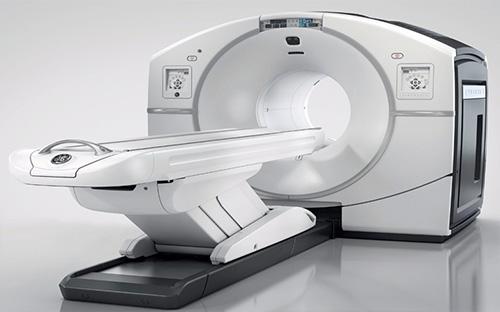NUCLEAR MEDICINE IN VALENCIA AND ONCOLOGY
PET-CT is a narrowly focused study that uses radioactive isotopes as a diagnostic tool. The use of isotopes allows specialists to make a diagnosis in the most complex or controversial cases, where conventional contrast tomography is ineffective. The main application is control of possible recurrence of cancer.
It plays a key role in oncologywhere it is early diagnosis that determines the prognosis and success of treatment and increases the chances of recovery or long-term remission.
Comes to the rescue nuclear medicine and where it is necessary to clarify the already made diagnosis - for example, to identify the primary focus of development tumors. This is critical to developing a treatment plan.
In addition to the use of radioactive isotopes, nuclear medicine also includes teletherapy and diagnostic techniques. In particular, we are talking about the use of single-photon emission tomographs, the so-called SPECT-devices that work with gamma radiation, and PAT-scanners. Both groups of devices are used to study the state of tissues and organs, as well as to monitor metabolic processes.
Medicine today is well aware that cancer cells develop especially actively, and their growth requires a lot of glucose. With the help of modern tomographs, doctors have the opportunity to observe the growth of cancer cells, as well as timely detect the initiation of the cancer process.
In Valencia There are several diagnostic centersthat use the latest advances nuclear medicine. In the clinics of Valencia, it is possible to undergo a complete examination for the detection of malignant neoplasms in the early stages.
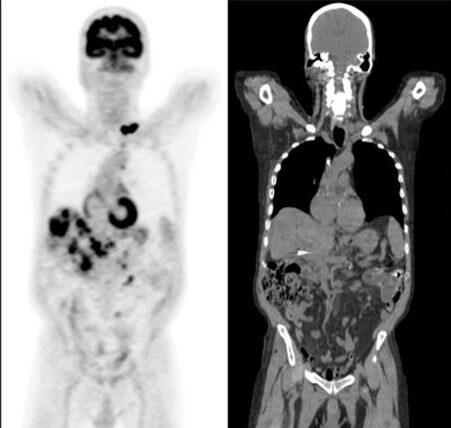
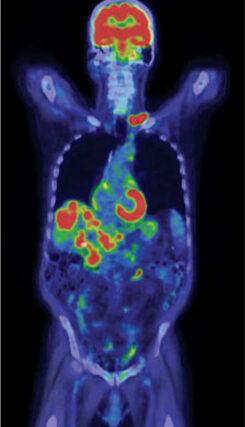
NUCLEAR MEDICINE IN SPAIN.
GENERAL INFORMATION
Application of technology PET-CT (positron emission tomography) makes it possible to obtain three-dimensional images. This technique has become widespread in the study of metabolism, which is of critical importance in the diagnosis of malignant neoplasms.
Diagnosis on a nuclear tomograph SPECT using a gamma camera makes it possible to obtain visual images of the examined area, tissue or organ. These images give the diagnostician a comprehensive picture of the state of the organ, its morphological and functional characteristics.
PET CT IN VALENCIA
PET scan
Another new diagnostic technique is PET scan. Using a gamma camera, the equipment registers accumulations of a previously administered radiopharmaceutical in bone structures. The scan also makes it possible to observe a range of cellular changes, including changes in molecular and biochemical parameters. Finally, PET-CT give a chance diagnostician get complete information about the anatomy of the organ, its shape, size, position and changes occurring in it.
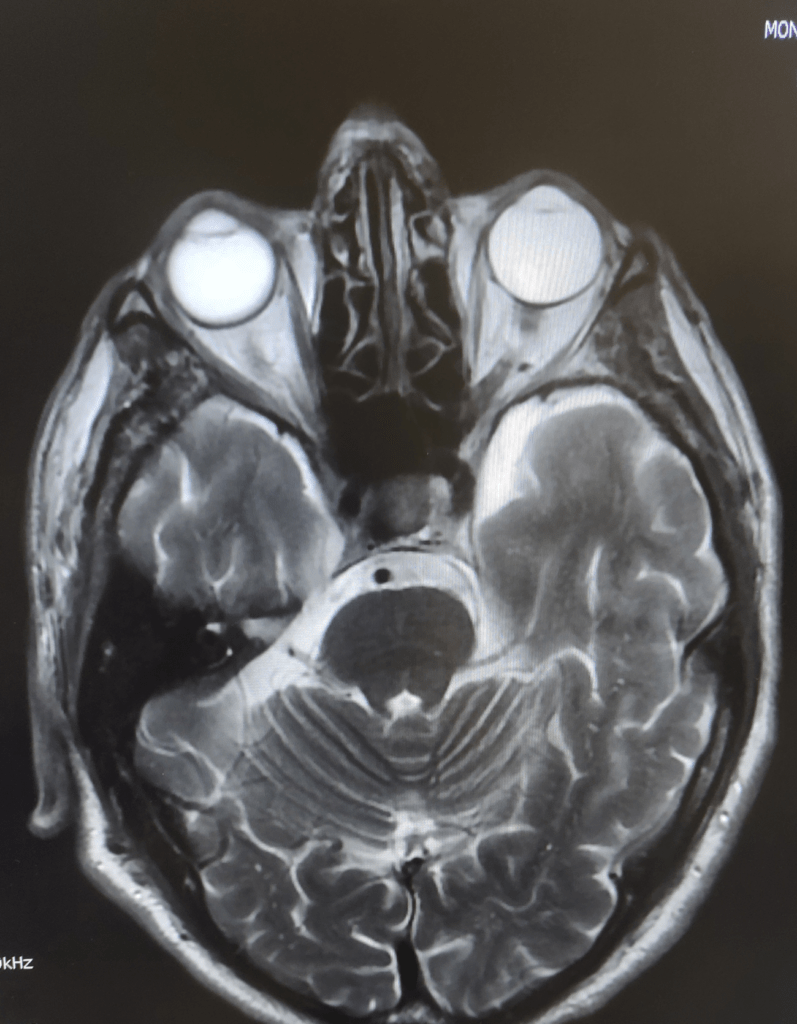
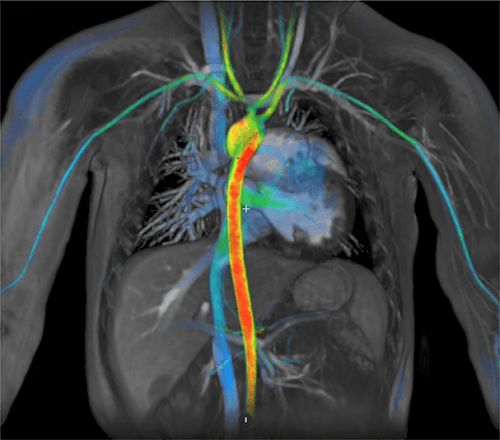
NUCLEAR MEDICINE IN VALENCIA AND THERAPY
In the last decade, thanks to the active development of nuclear medicine as in Spain, and in other countries, more than a hundred types of studies have appeared that make it possible to diagnose a wide range of diseases at an early stage. So, it is nuclear medicine that makes it possible to detect low-quality tumors in the rudiment and prevent their further progression. Achievements in nuclear diagnostics are now used not only in oncology, but also in other areas of medicine.
One of the most effective methods for diagnosing and treating malignant tumors is PAT. PET is an innovative method - diagnostics in this case is carried out using equipment with a special video system and tracers, which make it possible to study in detail the state of internal organs. Most often, a specially prepared glucose solution. Glucose, entering the body, settles in those cells that need it the most - among them are cancer cells.
In addition to diagnostic purposes, nuclear medicine is widely used for therapeutic purposes. The use of its technologies makes it possible to carry out selective cancer treatment - the injected substances enter directly into the affected area. This makes it possible to act only on cancer cells, avoiding negative consequences for healthy tissues.
Today, medicine has a large number of radiopharmaceuticals, due to which the number of treatment and diagnostic methods is growing. Many experts believe that nuclear medicine is the future of cancer treatment and the future of personalized medicine in general.
When is PET CT indicated?
Information obtained by PET-CT can be used to diagnose a wide range of diseases, including:
- malignant neoplasms (PET-CT in this case is used to assess the spread of cancer cells and monitor the progress of treatment),
- ischemia - diagnostics allows you to evaluate blood flow and identify scars formed as a result of previous attacks, as well as identify those areas that are characterized by reduced performance,
- memory impairment in the absence of a clear etiology,
- epilepsy - in particular, with the localization of foci of the disease,
- brain tumors (diagnosed and suspected).
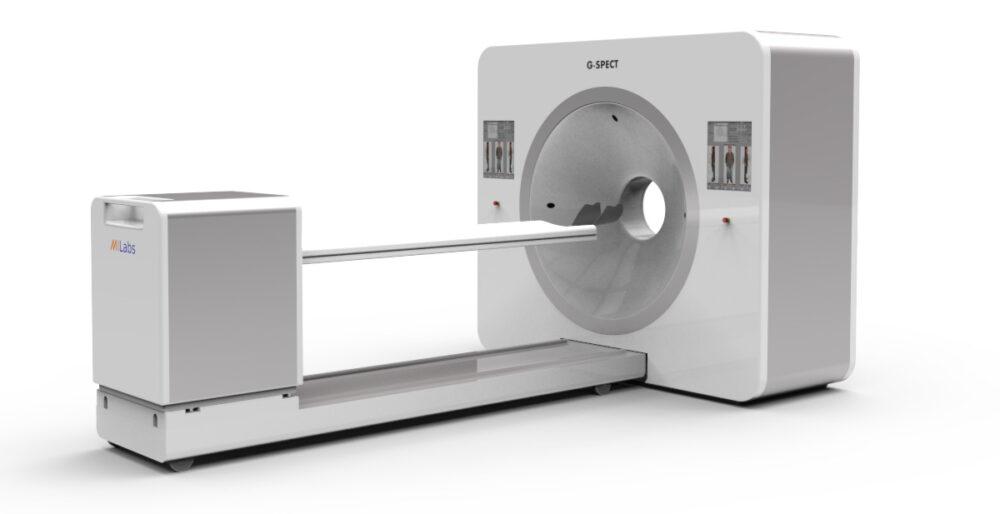
FREQUENTLY ASKED QUESTIONS
On average, the examination lasts 30-60 minutes.
Are there any discomfort?
No, the patient does not experience any discomfort or pain during the diagnosis.
Is special training required before the diagnosis?
No, not required. However, the patient is obliged to notify the doctor that he is taking any drugs - it may be necessary to interrupt the reception for a short time.
Are there side effects of the diagnosis?
No, no side effects have been reported so far.
Are breastfeeding women allowed to undergo PET-CT?
Diagnosis by this method is not recommended during breastfeeding, since radiopharmaceuticals can be excreted in breast milk.
Are attendants allowed during diagnostics?
Of course. But it is better if they are adults, not children.
Is it allowed to undergo PET-CT diagnostics during pregnancy?
In no case. If there is a suspicion of pregnancy, then before the diagnosis, it is necessary to pass a test.
In no case. If there is a suspicion of pregnancy, then before the diagnosis, it is necessary to pass a test.
What is a radiopharmaceutical?
A radiopharmaceutical is a combination of a radioactive isotope with an organic or inorganic substance. The isotope can be glucose, fluorine, thallium, or technetium. The finished drug is used in the course of diagnosis, as well as in the treatment of certain diseases, mainly in oncology. In particular, radiopharmaceuticals are used in radiation therapy.
What is the duration of the examination?
On average, the examination lasts 30-60 minutes.
Are there any discomfort?
No, the patient does not experience any discomfort or pain during the diagnosis.
Are attendants allowed during diagnostics?
Of course. But it is better if they are adults, not children.
Is special training required before the diagnosis?
No, not required. However, the patient is obliged to notify the doctor that he is taking any drugs - it may be necessary to interrupt the reception for a short time.
Are there side effects of the diagnosis?
No, no side effects have been reported so far.
Are breastfeeding women allowed to undergo PET-CT?
Diagnosis by this method is not recommended during breastfeeding, since radiopharmaceuticals can be excreted in breast milk.
Is it allowed to undergo PET-CT diagnostics during pregnancy?
In no case. If there is a suspicion of pregnancy, then before the diagnosis, it is necessary to pass a test.
